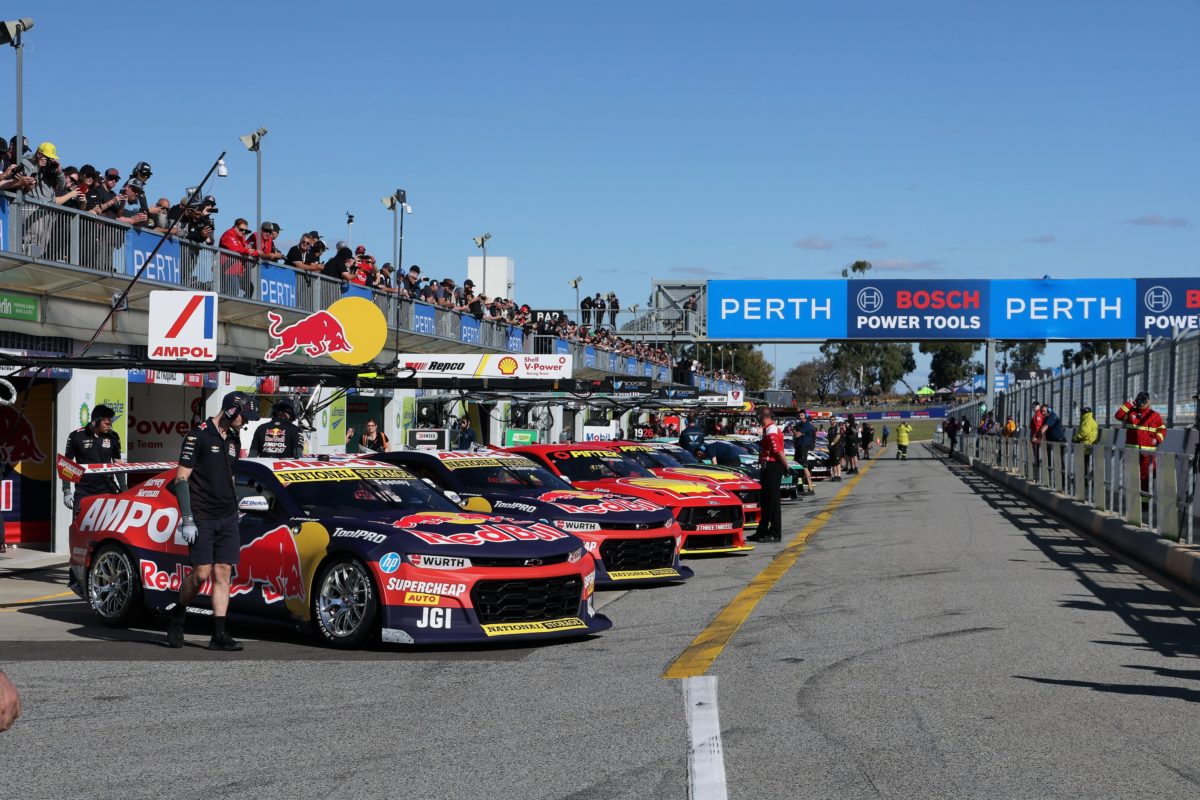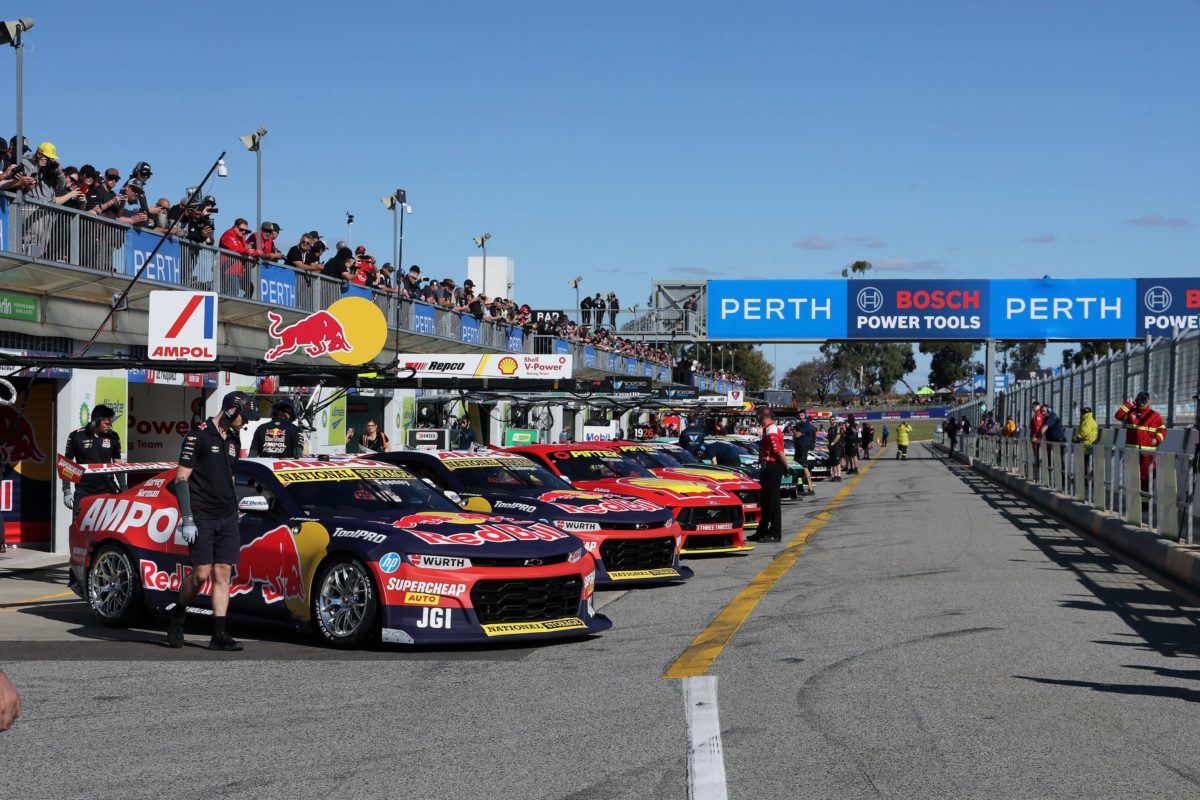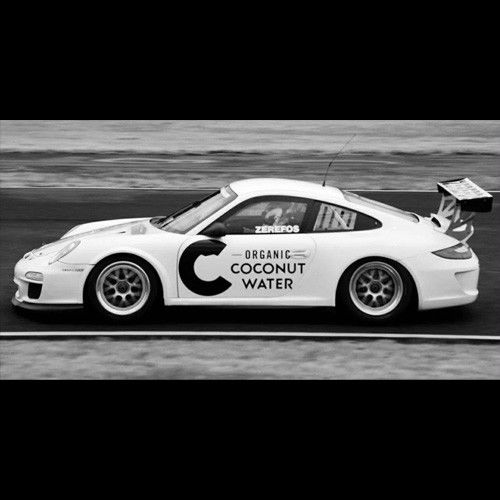

With only a single, longer practice session, we ask if Supercars should scrap multiple practice sessions going forward in favour of longer runs, in this week’s Pirtek Poll.
Round 3 of the 2023 Repco Supercars Championship, the Bosch Power Tools Perth SuperSprint, saw a new format with a single 90-minute practice session with the field then thrown into competitive sessions for the weekend.
The Friday marathon practice session was longer than any planned for this season, with even the returning Sandown 500 enduro and Bathurst 1000 races featuring 60-minutes sessions at most.
It was also significantly longer each of the 42-lap races, which lasted around half the time given the single compulsory pit-stop and sub-60sec lap times.
The Perth weekend saw significant fluctuations in performance as teams struggled with set up, with the 25-car field split by a mere 0.7962s in the last qualifying session – which saw 2022 Champion Shane van Gisbergen qualify on pole for Race 7 yet qualified 21st for the final Race 9 of the weekend.
Similarly, Race 9 winner and pole-sitter, van Gisbergen’s Red Bull team-mate Broc Feeney didn’t qualify in the top ten for either Race 7 or 8 in Perth.
The set-up challenge also saw Tickford Racing’s Cam Waters struggle, before adopting team-mate James Courtney’s set-up after Saturday’s running to finish sixth on Sunday, with fellow Mustang driver Chaz Mostert also turning a slow start around into a fifth-place finish in the same race.
The single practice session may have been a limiting factor in drivers and race engineers’ ability to get in the narrow set-up window across varying conditions, such as UV, temperature and other variables. Alternately, it also gave more time, in theory, for teams to experiment.
While David Reynolds topped the session, it was his Grove Racing enduro team-mate, Garth Tander, in his commentary role for Fox Sports, that suggested the longer run was not in the interest of the category and should not be an ongoing part of the Supercars format.
“Didn’t like it,” said the five-time Bathurst winner. “We did two hours and 45 minutes of practice and qualifying over this weekend, we did and hour and 20 of racing. We’re a racing championship, we’re not a practice and qualifying championship.”
Ahead of Perth, Triple Eight Race Engineering Team Principal Jamie Whincup told Speedcafe that he supports longer Supercars practice sessions, however suggested they come with a cap on the number of laps each competitor can complete.
Coincidentally, Formula 1 gave fans a new format for the Azerbaijan Grand Prix weekend, which included a shake-up for the way the Saturday Sprint running was completed.
The format saw Saturday become a ‘Sprint Day’, in which a dedicated qualifying session for the sprint held for the first time, which set the grid for that afternoon’s ‘Sprint Shootout’.
Both the results of that qualifying session, and the Sprint Shootout results, had no impact on Sunday’s Grand Prix itself, which saw qualifying for Sunday’s race held on Friday – after a single 60-minute practice session.
It was part of the challenge that saw championship leader Max Verstappen unable to find a sweet spot in his RB19 until the final ten laps of the race, by which time he’d been squarely beaten by team-mate Sergio Perez.
“You just don’t know the conditions, you don’t get any long runs, so it’s a little bit a voyage into unknown,” said Red Bull Racing team principal, Christian Horner.
Supercars drivers, then, had more practice time than the Formula 1 grid.
Yet does less practice time lead to better racing, increasing the pressure on the drivers and teams to sort their set-ups, thereby adding to the spectacle of a race weekend?
Or should teams stick with multiple, 60-minute sessions to learn more ahead of qualifying and racing at each round? Cast your vote below in this week’s Pirtek Poll.




















Discussion about this post